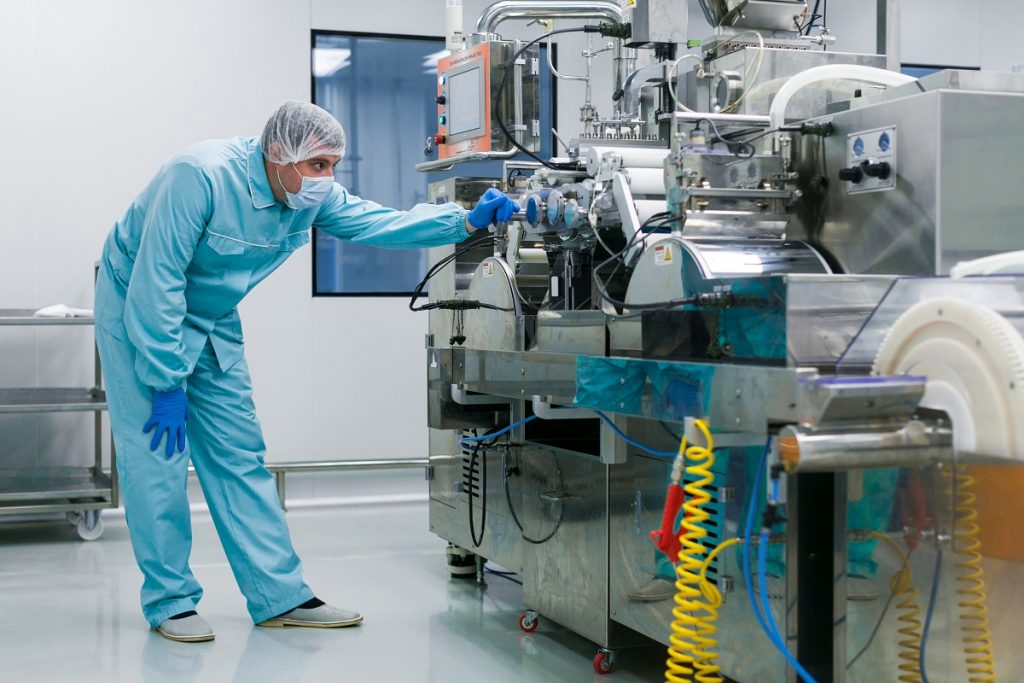In developed countries, trends for 2020 include buying local, zero-waste from food packaging and other disposable food utensils, and reducing food waste. ; For health and ideological reasons, more people are becoming mindful when they shop, making sure the item is safe, ethically produced, and of high quality.
Mass Production for Niche Markets
These reasons have led to an increase in dietary requirements such as dairy or gluten-free items, different dietary regimes, including Atkins, Dukan, and keto, and going meat-free. Added to this list is the growing interest in trying new flavors from different parts of the world, having the dishes that look enticing enough for Instagram, and that take less time to prepare.
Increasing demands for sustainably produced food and beverage that incorporates all these considerations may seem impossible. Large-scale food production to feed an expanding population means organic, and free-range farming is something for a few elites who can afford the premium.
Tech Trials
Technology is contributing solutions to this conundrum, with crops being developed to withstand the harsher conditions of climate change, additional nutrients introduced into the food supply, and alternative methods of producing or imitating meat products becoming increasingly effective.
Technology is helping production that isn’t as high profile as some food substitute solutions from the laboratories. That includes automating tasks to shorten production times and standardize quality through the increased use of robotics, 3D printing, voice technology, and automated guided vehicles in warehouse operations.

Measuring Viscosity
How do people judge the quality of food and beverages? Although the information on the nutritional value and carbon footprint are important, so are taste, texture, and appearance.
The texture of a food or beverage depends on viscosity. Viscosity is the internal resistance to the flow of a fluid, resulting in shear stress. During the production of manufactured foods, the measurement of viscosity is an essential indicator of quality and consistency. Changes in the ingredients during the different stages of production, whether through mixing, heating, cooling, or transport, alter the chemical properties and density, which in turn affect the viscosity and quality. The viscosity also affects the design of the production line, since the force needed to move the ingredients through centrifugal pump and piping systems to the packaging stage.
An example of quality control is in the baking industry, where maintaining an exact level of viscosity of the dough or batter during mixing indicates when it is ready for baking and ensures that one batch is the same as the next. With chocolate for confectionery, the standard of thickness, when melted, is vital to produce the same, texture, density, and taste when it returns to a solid-state.
Viscosity is measured in centipoise (cP) in the USA and millipascal-seconds (mPa.s) in Asia and Europe using a viscometer. The spindle of the viscometer is inserted in a sample of the batch. It rotates at a set speed to create a vortex in the mixture. The torque required is measured from the level of resistance the spindle encounters when stirring. Water has the benchmark value of 1cP for viscosity.
The food industry offers a broad range of business opportunities, from small-scale catering services to mass-food production. Whatever the scale of operations, the consistent quality of the finished product is a major factor for keeping clients. Maintaining the viscosity during production is an essential component in building your business reputation.


